And so we come to our final lesson in our History of Art project. It’s November and this project was supposed to only last for the summer break so, while in many ways it is a shame to bring it to an end, end it must.
I chose Keith Haring for our final lesson. It seemed appropriate to end with a Pennsylvania born artist and I also had a feeling that the kids would really love his artwork, allowing us to end on a high note. We looked at lots of examples of Haring’s artwork and discussed why he might have felt inspired to use blobby stick men lacking facial features. We talked about the design of the figures being levelling, equalising across gender, race, age and other categories, resistant to labels, and how in many ways they were reminiscent of the stick figures our primitive ancestors were daubing on cave walls. We also talked about Haring’s use of bold, vivid, neon colours contrasted with thick, black outlines, the graphic quality of his work, and the way he meshed “high” and “low” art forms. We also got into a discussion about the use of art for political provocation and protest, specifically the way in which Haring used his “fun” art work to highlight subjects such as gay rights and HIV and AIDS. We also looked for recurring motifs and symbols across dozens of works.
The boys were then set free to create whatever they wanted inspired by Haring’s works. My oldest and youngest were the only two who opted to paint. The 6 year old painted a figure whose arms end in wings, inspired by one of Haring’s paintings, but he could not resist the impulse to add facial features. My 12 year old adopted some of Haring’s symbols – the pyramid, the pink triangles, the figures – to create his painting and discovered that drawing blobby stick figures is harder than it looks.
My middle two sons were keen to work with polymer clay again and saw the blobby figures of Haring’s artwork as a jumping off point for sculpting little figures. My 8 year old kept his small sculpture featureless but my 10 year old could not resist the temptation to add features to the figure. Specifically, he turned the figure into an alien. Since he used glow in the dark clay, the result was quite fun.
My youngest, seeing his big brothers messing around with the clay, decided to sculpt too. Thinking of bright colours and black lines, he decided to make a bumble bee. I think it turned out super cute.
I worked in my art journal to create my Haring inspired painting. I have not worked with neon paint since my chameleon over a year ago. I didn’t find it any easier to work with this time around. It goes on really thinly and the brush marks are always visible so that my scrappy, messy painting style is terribly evident. The subject is probably obvious: my love for my four little Pictlings.
We have had a lot of creative fun and interesting discussions and a whole lot of learning while undertaking this History of Art project. Our recent trip to the Philadelphia Museum of Art proved that the learning was sticking. My 8 year old also recently impressed his art teacher by knowing a whole lot about Chagall. I also like to think that my boys have been inspired to just keep creating and to find inspiration all over the place, to try different media and try on different styles to see what fits. I hope you have enjoyed reading about our project these past few months. Now I need to have a think about what our next project will be. Suggestions are always welcome!


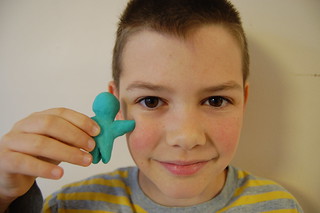

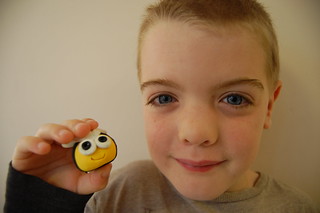
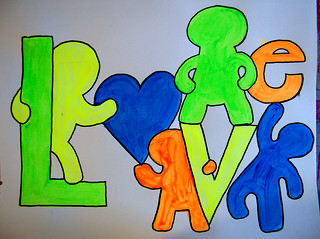






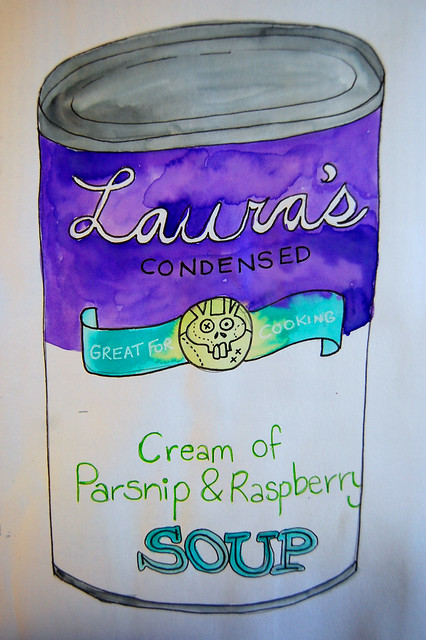






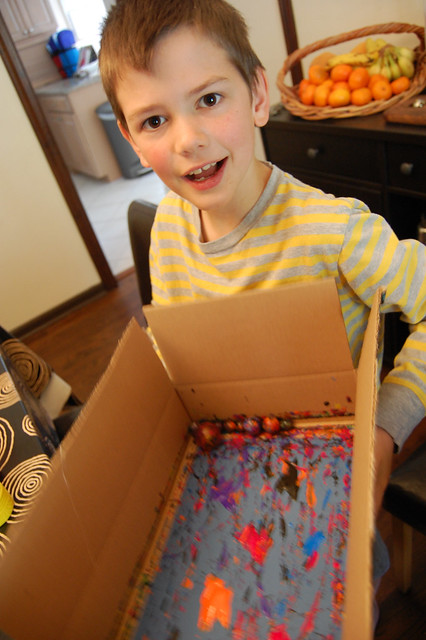





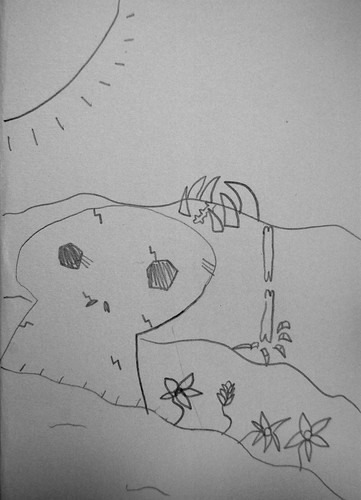
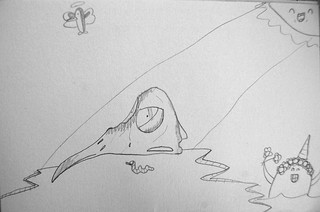

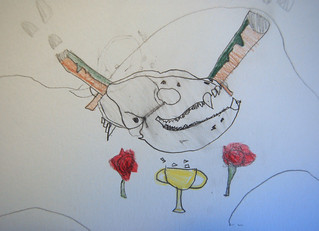

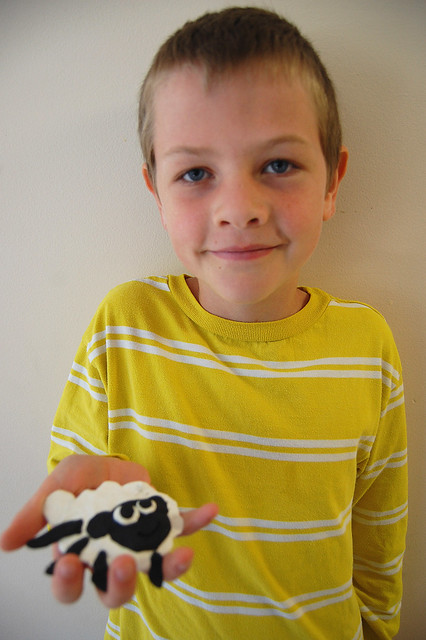
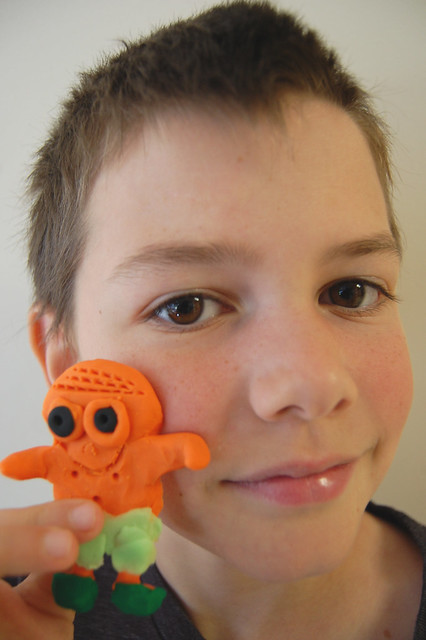


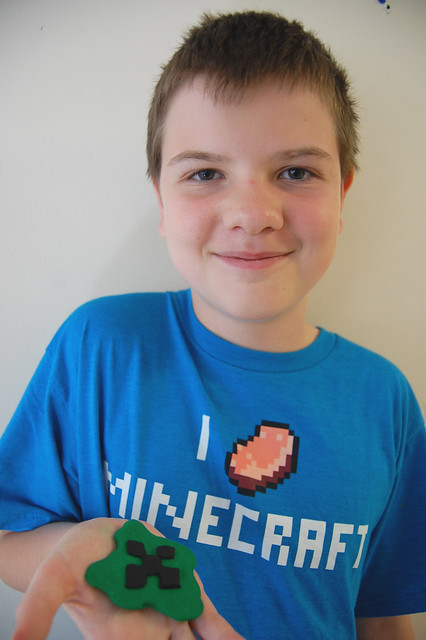
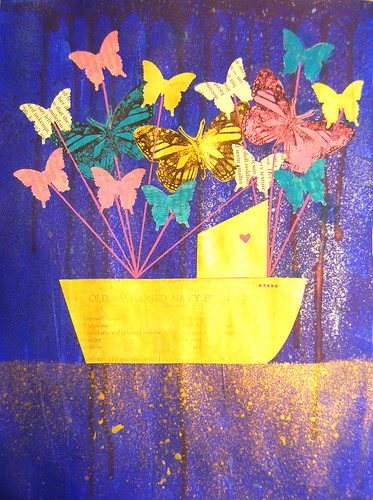

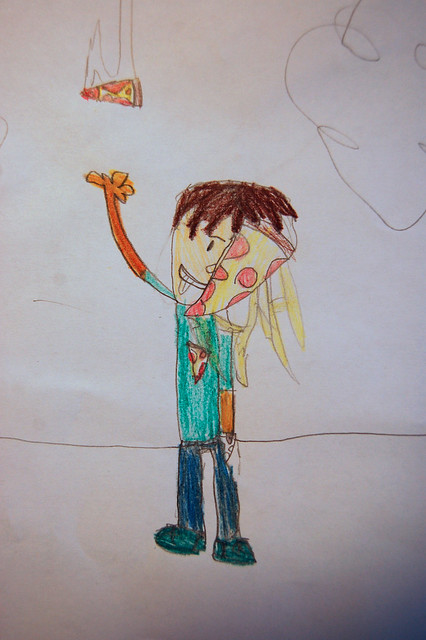
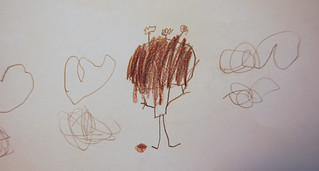
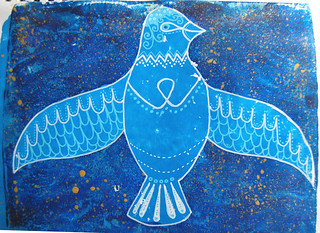
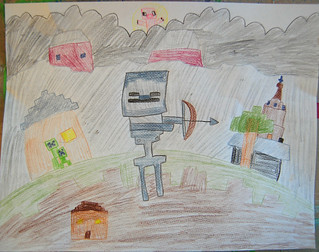
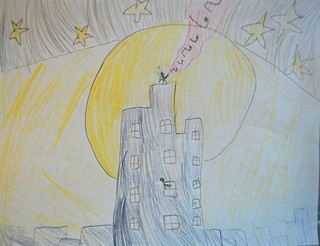


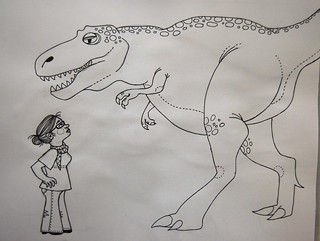
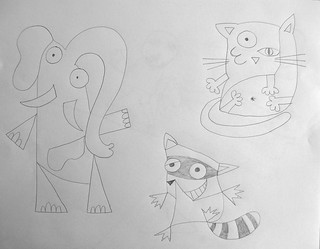
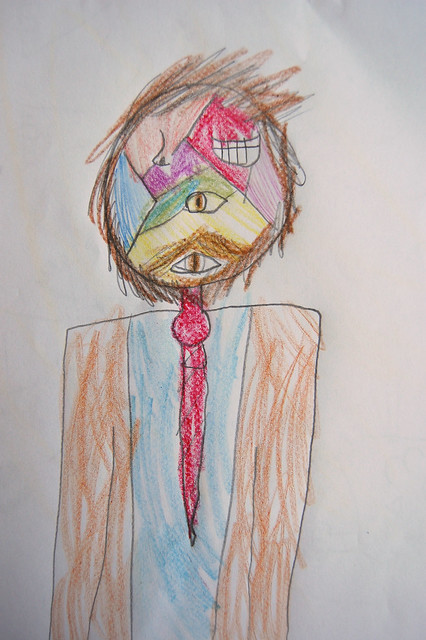
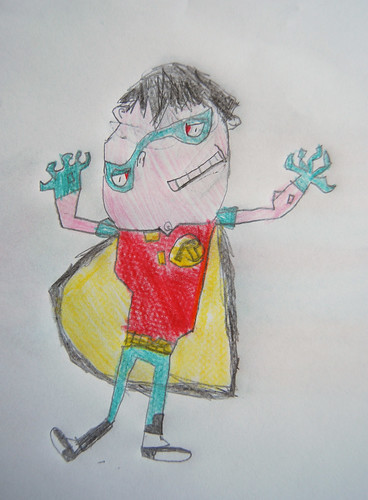


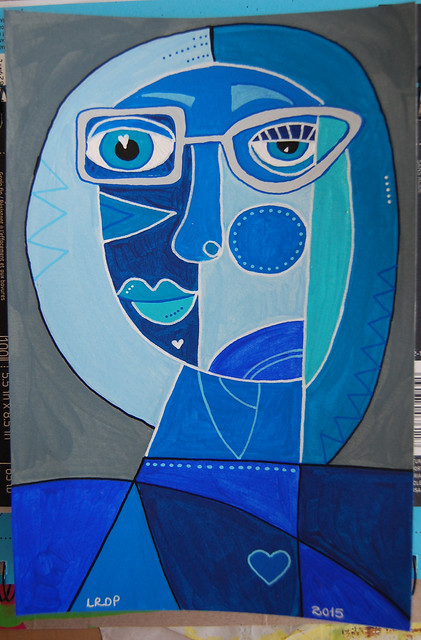
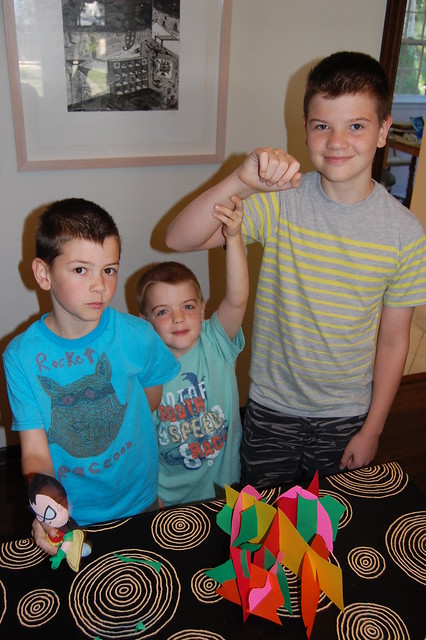
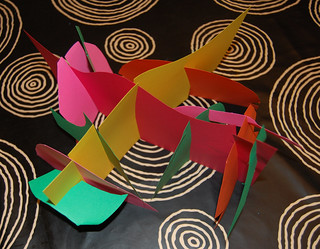
You must be logged in to post a comment.